(463 products available)
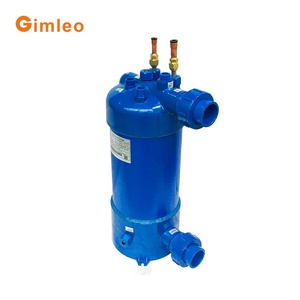


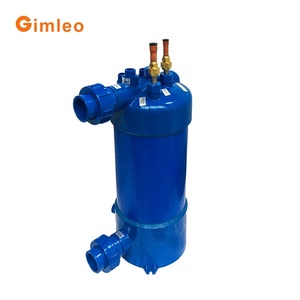

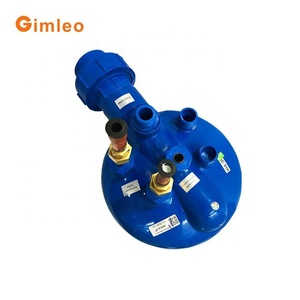

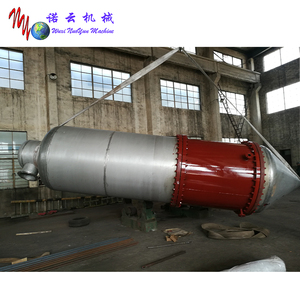




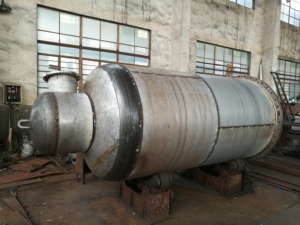

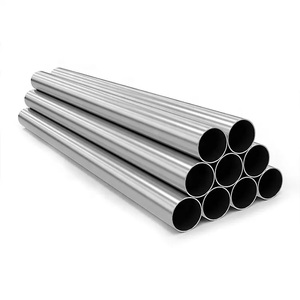




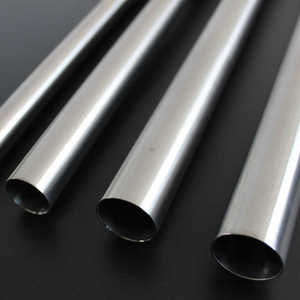




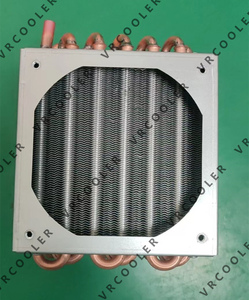







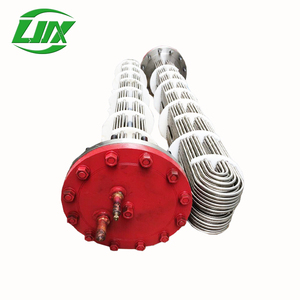


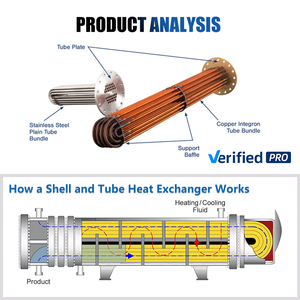




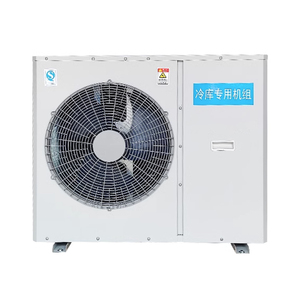
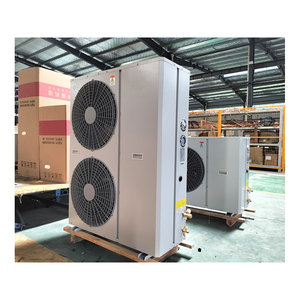

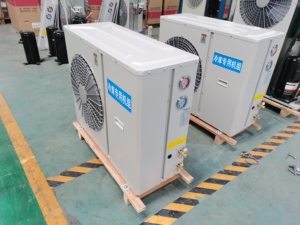

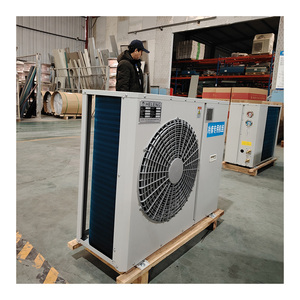



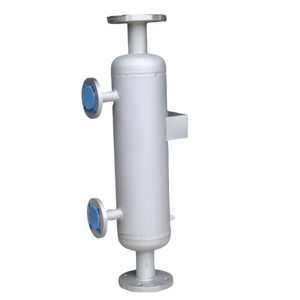
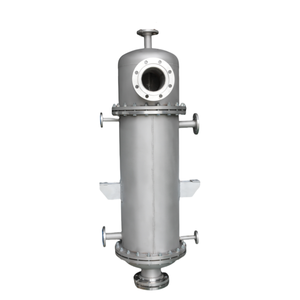







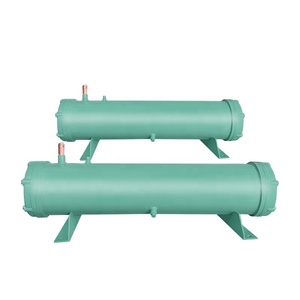
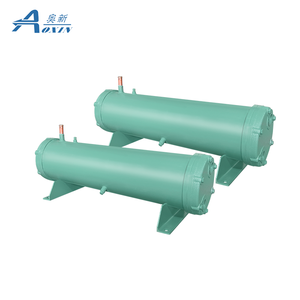
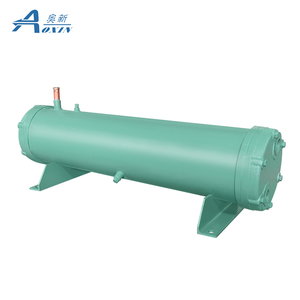


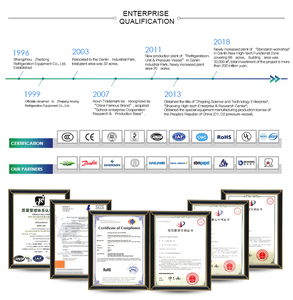



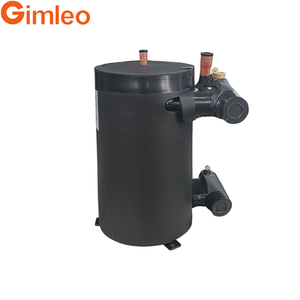








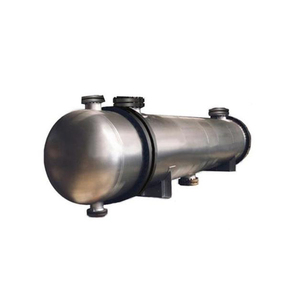










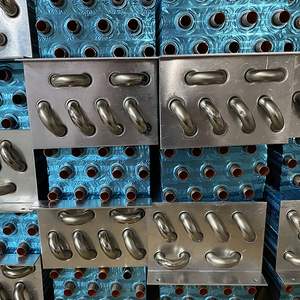
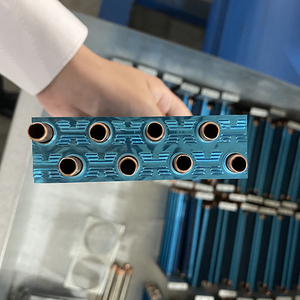



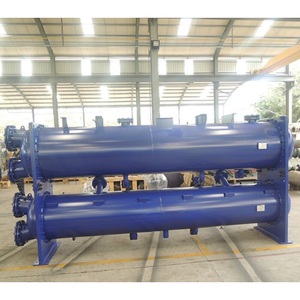



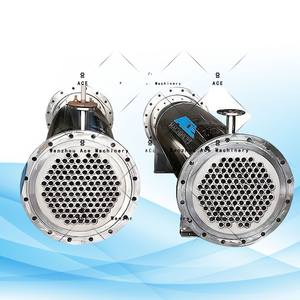


















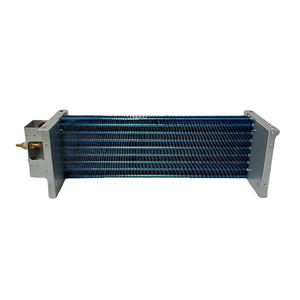
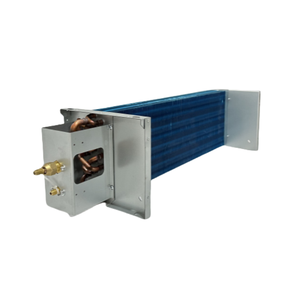
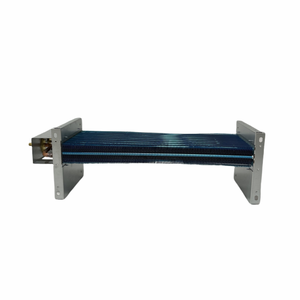




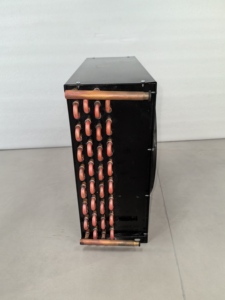
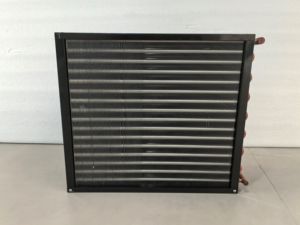


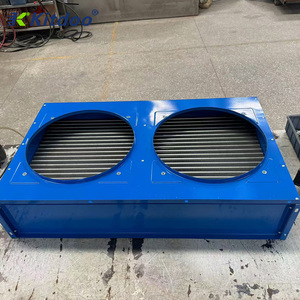



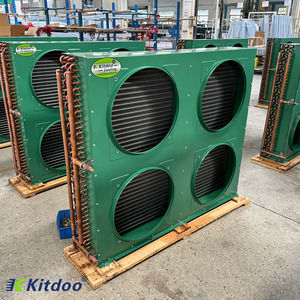
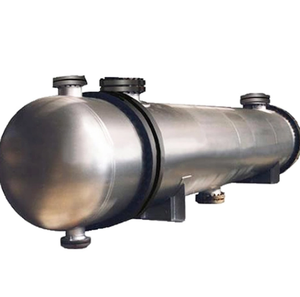

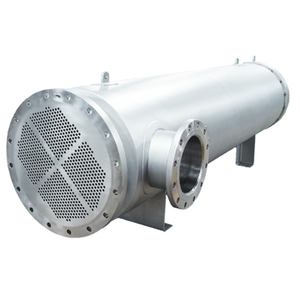







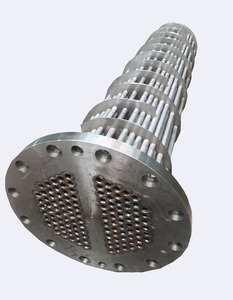



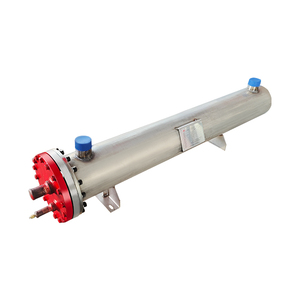








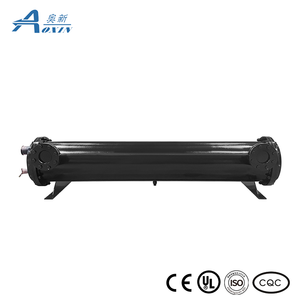

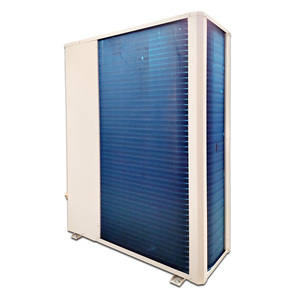







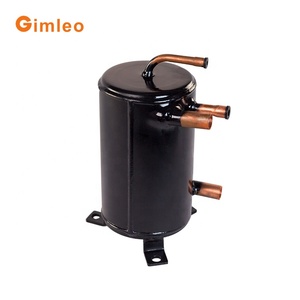

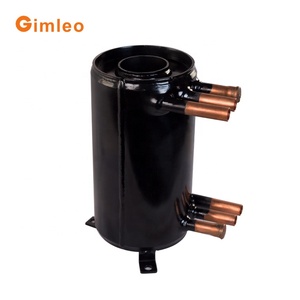

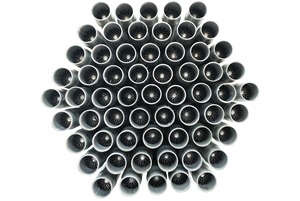


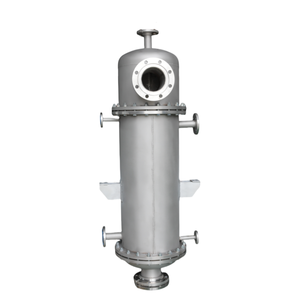
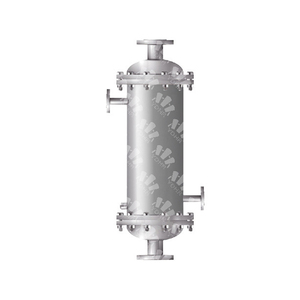





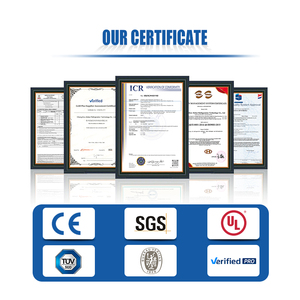


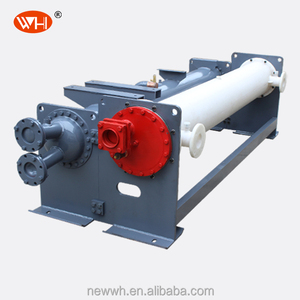



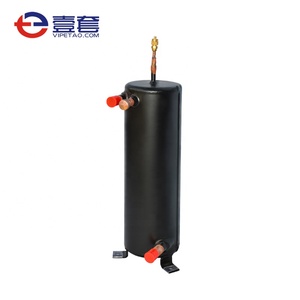







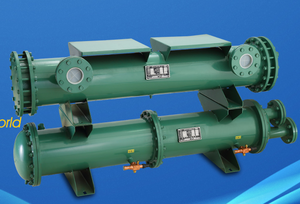


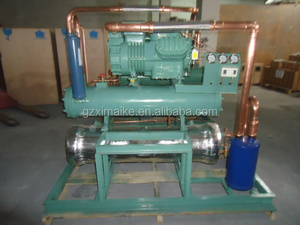
An air conditioning system's refrigerant circuit may utilize a heat exchanger R22 shell and tube. Different shell and tube heat exchangers are available for various applications in the air conditioning sector. The following are a few typical varieties.
Shell and tube condensers
To transform vapor refrigerant into a liquid by releasing heat to the ambient air or to a cooling fluid, shell and tube condensers use the non-condensable gas or ambient air flowing within the tubes.
Suction gas heat exchangers
Suction gas heat exchangers seek to improve the system's efficiency by pre-cooling the saturated suction gas before it enters the compressor, increasing its refrigeration capacity. They exchange heat between the suction gas and the liquid refrigerant that is expanding and cooling inside the heat exchanger.
Shell and tube evaporators
A shell and tube evaporator's duty is to absorb heat from the environment or another process to vaporize the refrigerant within the tubes. As a result, the refrigerant inside the shell boils, absorbing heat and cooling the environment or the procedure.
Subcoolers
A shell and tube subcooler aims to reduce the temperature of the liquid refrigerant by transferring heat from the refrigerant to another cooling fluid or vapor. This process takes place in shell and tube heat exchangers that have been designed and built to perform subcooling.
Desuperheaters
A desuperheater in the shell and tube configuration aims to reduce the temperature of superheated refrigerant vapor coming from the compressor by transferring heat to a cooling fluid or vapor. Desuperheaters are heat exchangers that generally precede condensers in refrigeration and air conditioning systems.
The specifications of the heat exchanger R22 shell and tube vary according to different models and application requirements. In general, the main specifications include the size, connection type, working pressure, temperature range, material, surface treatment, etc.
Size
The dimensions of the heat exchanger R22 shell and tube are expressed in terms of the outer diameter and length of the tube bundle. They can be suitable for different refrigerant flow rates and ventilation volumes.
Connection Type
Heat exchangers usually adopt various connection types, such as flanged, threaded, welded, etc., to meet different installation and plumbing needs.
Working Pressure
It indicates the maximum allowable operating pressure of heat exchangers, which can adapt to different systems and working environments.
Temperature Range
It refers to the applicable temperature range of the heat exchanger, which can satisfy the performance requirements of different refrigeration systems.
Materials
Heat exchangers are made of various materials, such as stainless steel, copper, etc., which provide options for durability and anti-corrosion properties in different applications.
Surface Treatment
Heat exchangers can have surface treatment methods like galvanization or coating, improving the component's resistance to corrosion and wear.
In order to maintain the stable and efficient performance of the shell and tube heat exchanger, a regular inspection and maintenance procedure is necessary.
Regular cleaning
Heat exchangers should be cleaned regularly. Cleaning agents with neutral pH should be used to avoid damages caused by corrosion or chemical reactions. During the process, users should make sure that the cleaning fluids are rinsed off completely. This is to prevent any potential hazards to system performance.
Leak check
An important aspect of heat exchanger maintenance is checking for leaks. Regular inspections for any signs of leakage inside or outside the unit should be part of the maintenance routine. Promptly repairing any leaks found during inspections is crucial to prevent further damage and ensure system integrity.
by periodically checking for leaks, users can proactively address potential issues before they escalate. This helps to prolong the lifespan of the heat exchanger and maintain optimal system performance.
Replacement of damaged parts
If any damage is discovered during the inspection, heat exchanger components must be replaced immediately. Delaying repairs can lead to more extensive damages and increase repair costs. More importantly, replacing damaged parts promptly is essential to restoring the functionality and efficiency of the heat exchanger.
By taking these maintenance measures, users can prolong the lifespan of the heat exchanger and reduce the risk of system failures and breakdowns, ensuring heat transfer efficiency system performance.
Shell-and-tube heat exchangers are popular industrial equipment typically used to cool, heat, or condense working fluids in various industries. Here are some common applications in industrial settings.
They are mainly used in nuclear and fossil-fuel power plants to cool or condense fluid. For instance, they can be used to transfer heat from steam in the turbine to a cooling fluid or water in cooling towers.
In the oil and gas industry, shell and tube heat exchangers are often used in refineries to preheat crude oil, cool various process streams, and condense vapors. They can be found in oil refining processes like desalting, atmospheric distillation, vacuum distillation, and crude oil topping.
Shell and tube heat exchangers are essential in many chemical processing industries. They are used in reactors, distillation columns, and other processing units to cool or heat chemicals, reaction mixtures, and other fluids. They are also used to cool down chemical reactors to prevent unwanted chemical reactions and control the desired product's quality.
In heating, ventilation, and air conditioning (HVAC) systems, tube heat exchangers are commonly used to transfer heat between different fluids. For instance, they can be used to transfer heat between refrigerants and water in chillers used for commercial buildings and industrial facilities. They can also be used to recover heat from exhaust air and preheat incoming ventilation air in ventilation systems.
In the aerospace industry, shell-and-tube heat exchangers are used in some aircraft and spacecraft systems. For instance, they can be used in rocket engines to cool the engine nozzle and combustion chamber components. They can also be used in satellite thermal control systems to dissipate heat generated by electronic components and other equipment.
Heat exchangers are widely used in marine applications, such as in ships, boats, and offshore platforms. They are used to cool down engines, generators, and other equipment to ensure proper operation and prevent overheating. They are also used in desalination plants to produce fresh water from seawater by cooling down the seawater in evaporation chambers.
Heat exchangers are commonly used in food and beverage processing industries to pasteurize, sterilize, cool, or heat food products and beverages. They are essential in ensuring the safety, quality, and preservation of food and beverage products in industries such as dairy, juice, beer, and liquid food processing.
The following tips will help business buyers to get the ideal shell and tube heat exchanger for their R22 systems.
Consider Fluid Properties
The physical and chemical properties of the fluids the exchanger will transfer must be considered. This includes corrosiveness, viscosity, toxicity, and pressure. Also, the fluid temperature must be considered. Choose an exchanger that can handle the proposed temperature and avoid problems like thermal expansion.
Evaluate Performance Requirements
Determine the performance demands of the system. Consider the required heat transfer rate, the allowed pressure drop, and the preferred operating efficiency. Choose the exchanger that can meet these requirements and improve energy utilization in the system.
Assess Installation and Maintenance
Consider the installation and maintenance of the exchanger. The compact design will make installation easier and reduce space utilization. Consider the maintenance needs. Choose the exchanger with easy cleaning and servicing components to sustain long-term operation and performance.
Evaluate Cost and Budget
Consider the initial cost of purchasing the heat exchanger and the long-term operating costs. The long-term operating expenses will include energy consumption and maintenance cost. Choose the shell tube heat exchanger with the best economic pattern according to cost performance.
Focus on Safety and Standards
Ensure the shell tube heat exchanger agrees with the required safety standards and regulations. Check the design codes, fabrication standards, and testing requirements to ensure proper performance and safety.
Q1: What is refrigerant R22 in a heat exchanger?
A1: Chlorodifluoromethane, also known as Refrigerant R22, is a gaseous compound utilized in the formulation of refrigerants. It was prominently employed in air conditioning systems and refrigeration equipment as both a refrigerant and a chemical intermediate.
Q2: What is the purpose of a heat exchanger in an R22 condenser?
A2: The function of a heat exchanger in an R22 condenser entails the transfer of heat from the R22 gas, thereby facilitating its transformation into a liquid through the process of cooling.
Q3: What is the shell and tube heat exchanger used for?
A3: The shell and tube heat exchanger has a wide range of applications. It is used to heat or cool various types of liquids and gases, such as water, steam, oil, air and refrigeration. It is widely used in petrochemical, chemical, oil refinement, power generation and diverse manufacturing industries.
Q4: What is the main advantage of shell and tube heat exchanger?
A4: The shell and tube heat exchanger is a versatile and widely used heat exchanger with numerous advantages. Its design is simple and easy to manufacture, leading to low production costs. The shell and tube heat exchanger also has good heat transfer performance. Its shell and tube arrangement enables it to carry two different media, facilitating heat transfer between them.